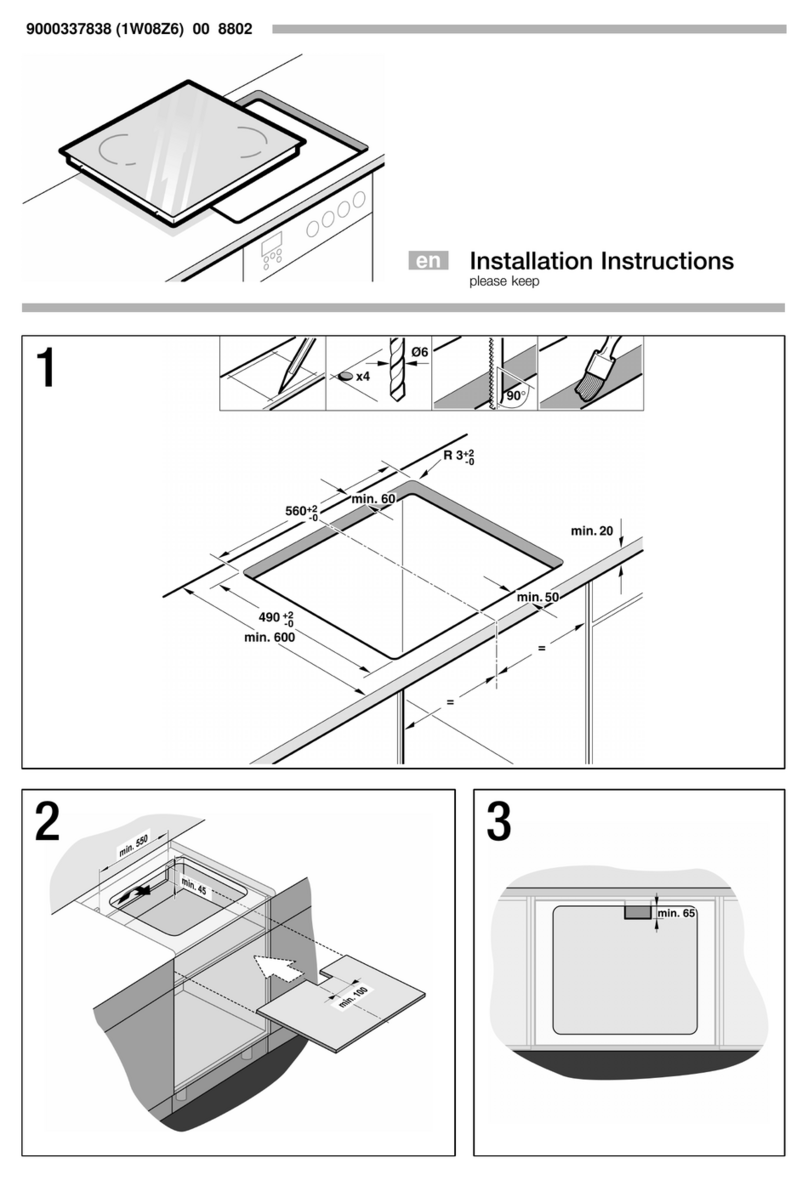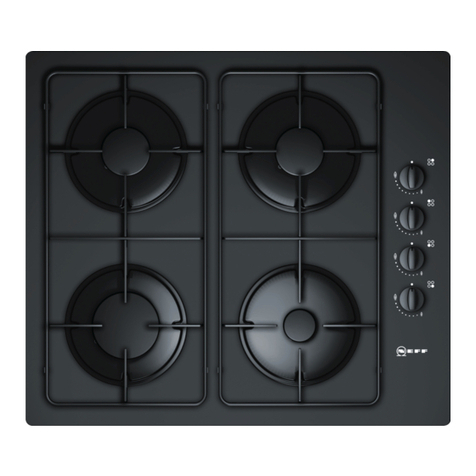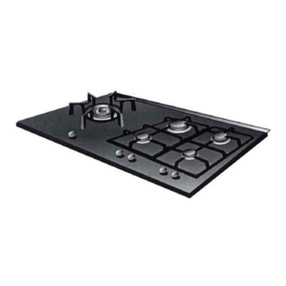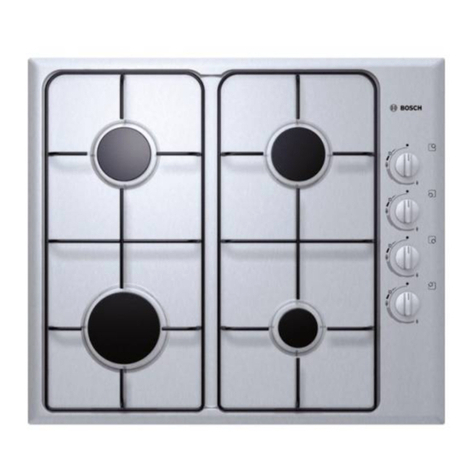NEFF T29R96N0AU User manual
Other NEFF Cooktop manuals
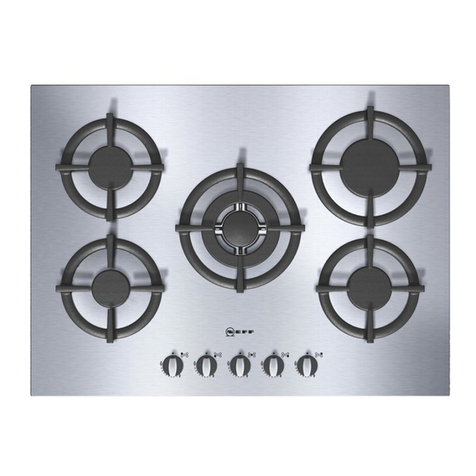
NEFF
NEFF T25Z55N0NL User manual

NEFF
NEFF T2186 User manual
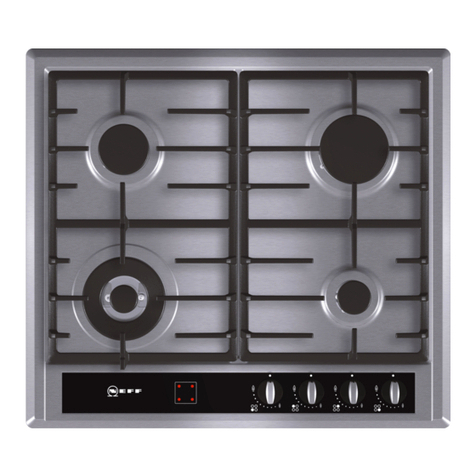
NEFF
NEFF T23R46N0 User manual
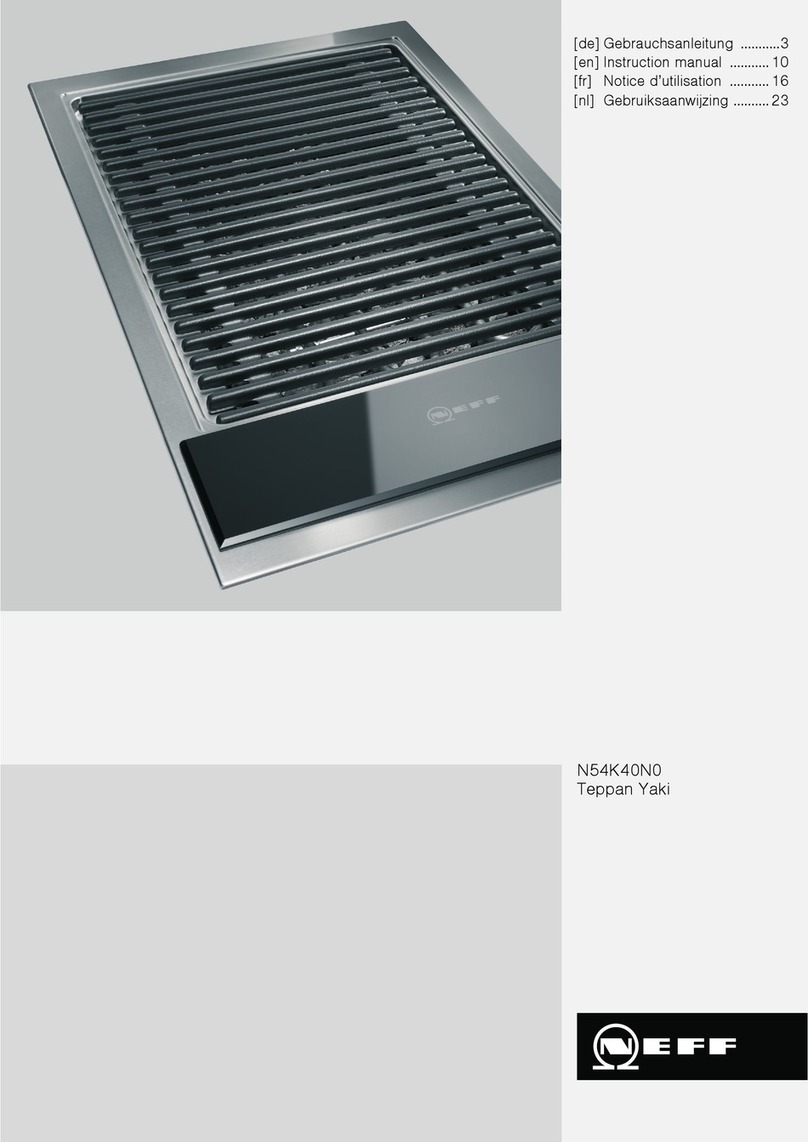
NEFF
NEFF Teppan Yaki N54K40N0 User manual
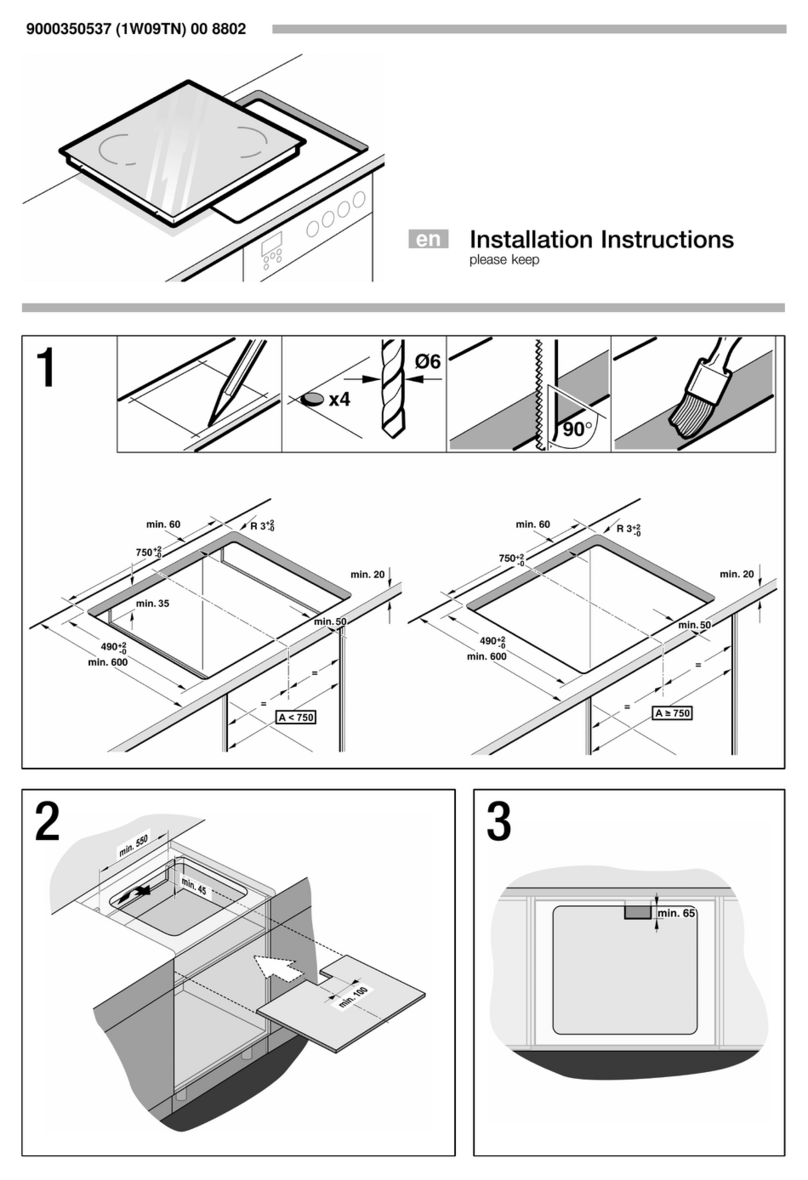
NEFF
NEFF ICK88X User manual
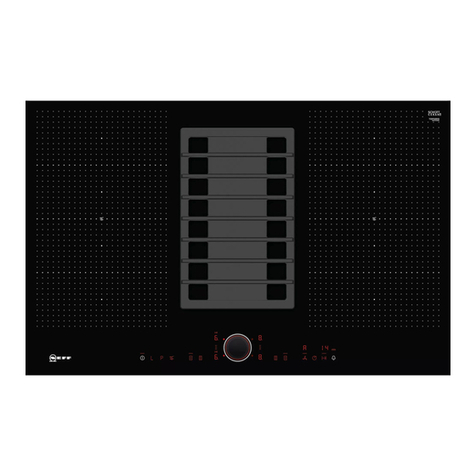
NEFF
NEFF T58TS6BN0 User manual
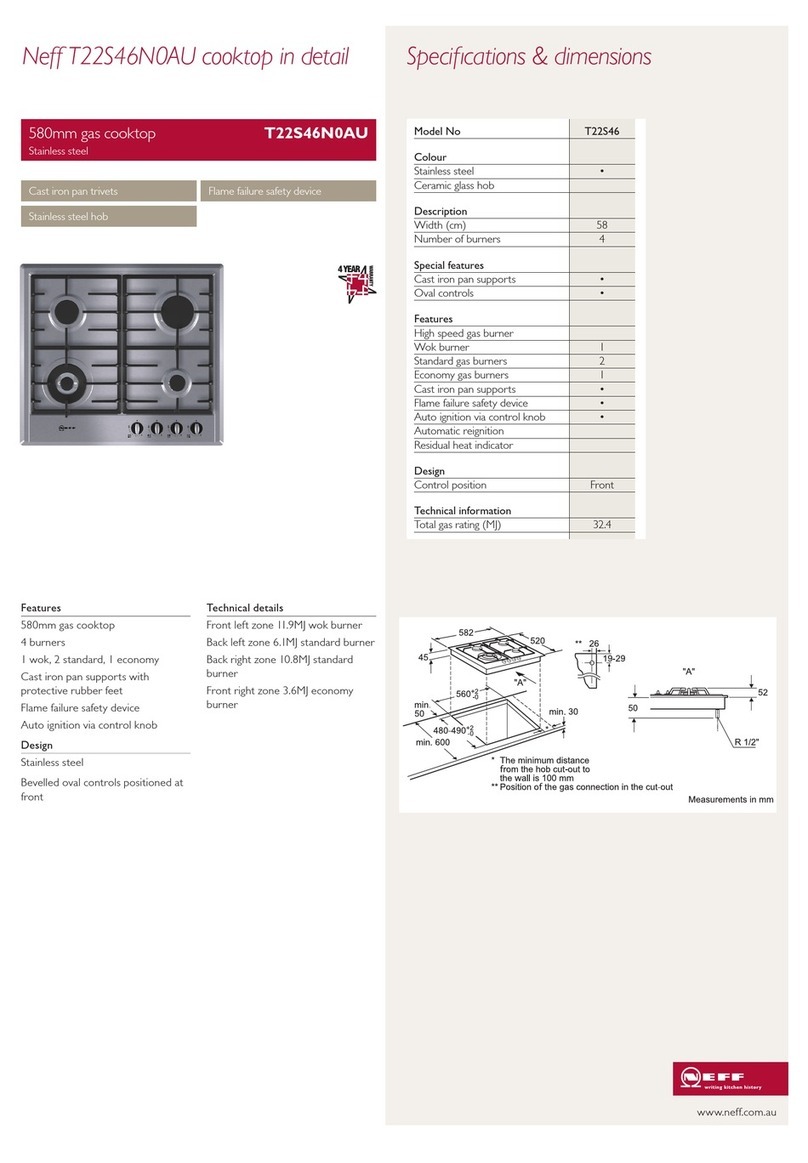
NEFF
NEFF T22S46N0AU User manual
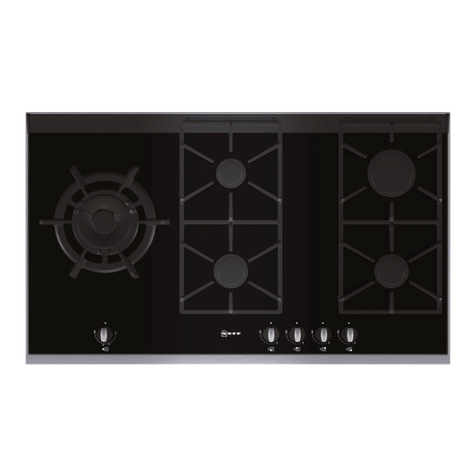
NEFF
NEFF T69S86N0AU User manual
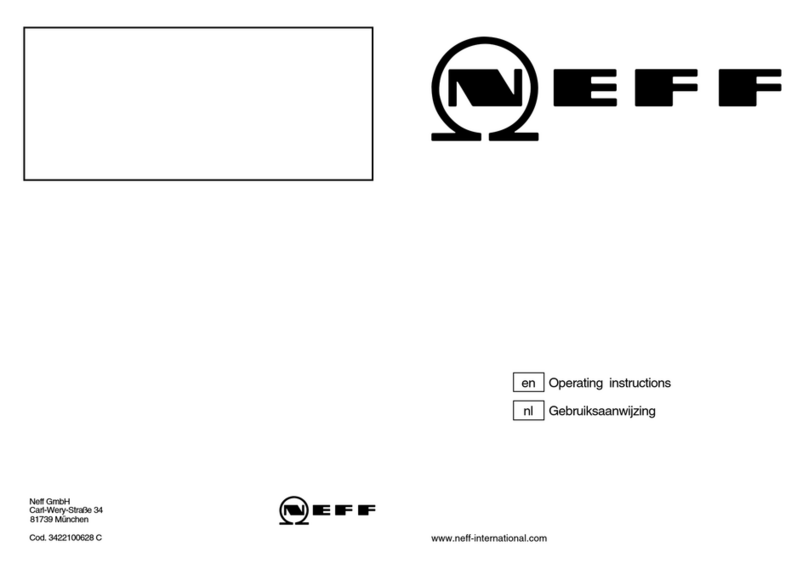
NEFF
NEFF T21S31N0NL User manual
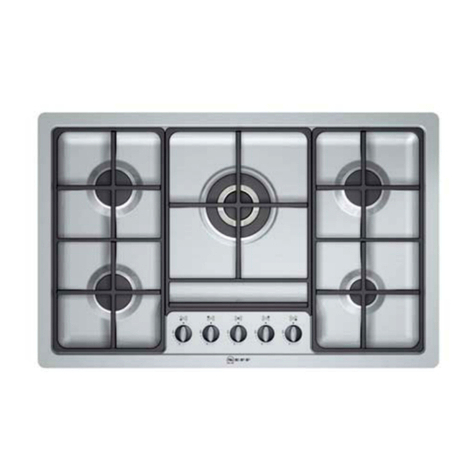
NEFF
NEFF T28V56N0 User manual
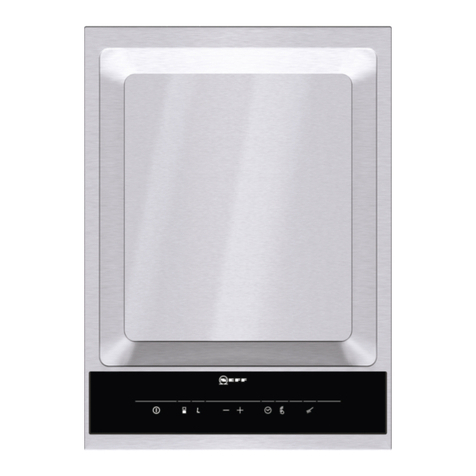
NEFF
NEFF N54D40N0 User manual
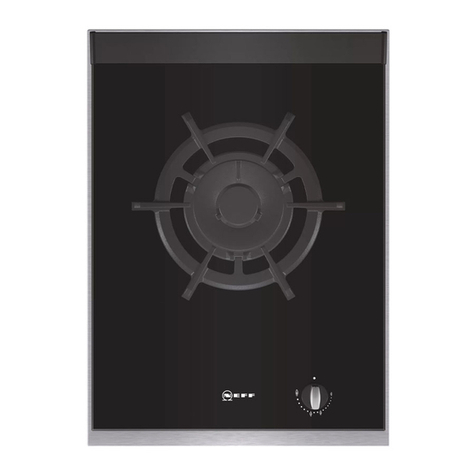
NEFF
NEFF N24K45N0 User manual
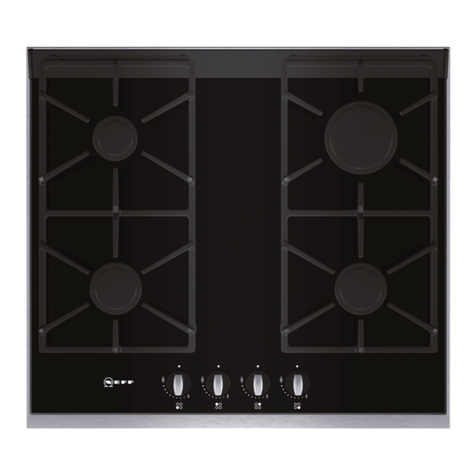
NEFF
NEFF T66S66N0 User manual
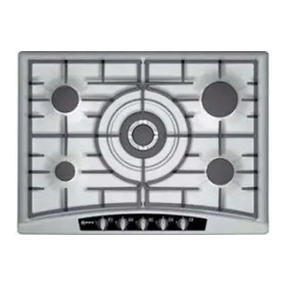
NEFF
NEFF T2766 User manual
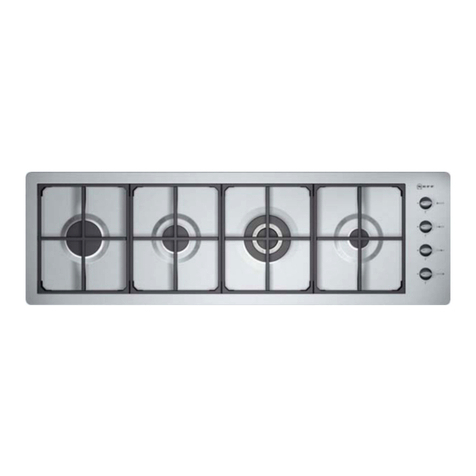
NEFF
NEFF T29V35N0 User manual
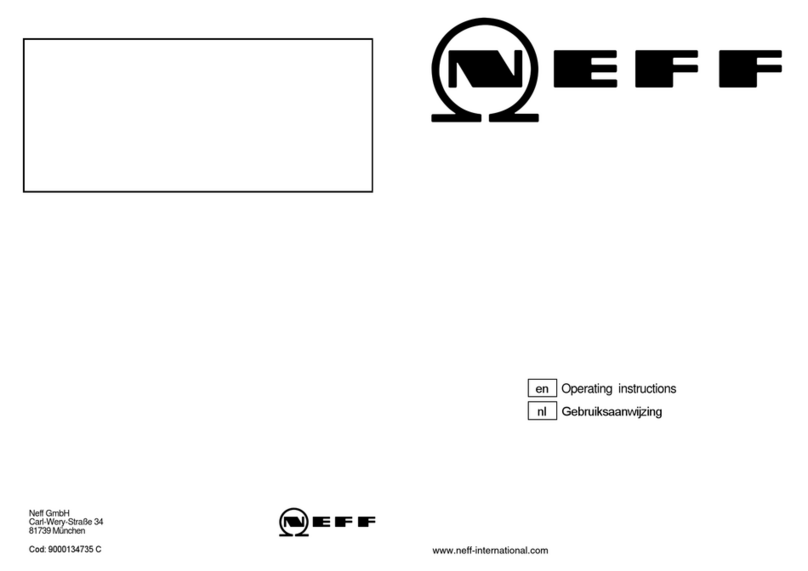
NEFF
NEFF T29R96N0NL User manual
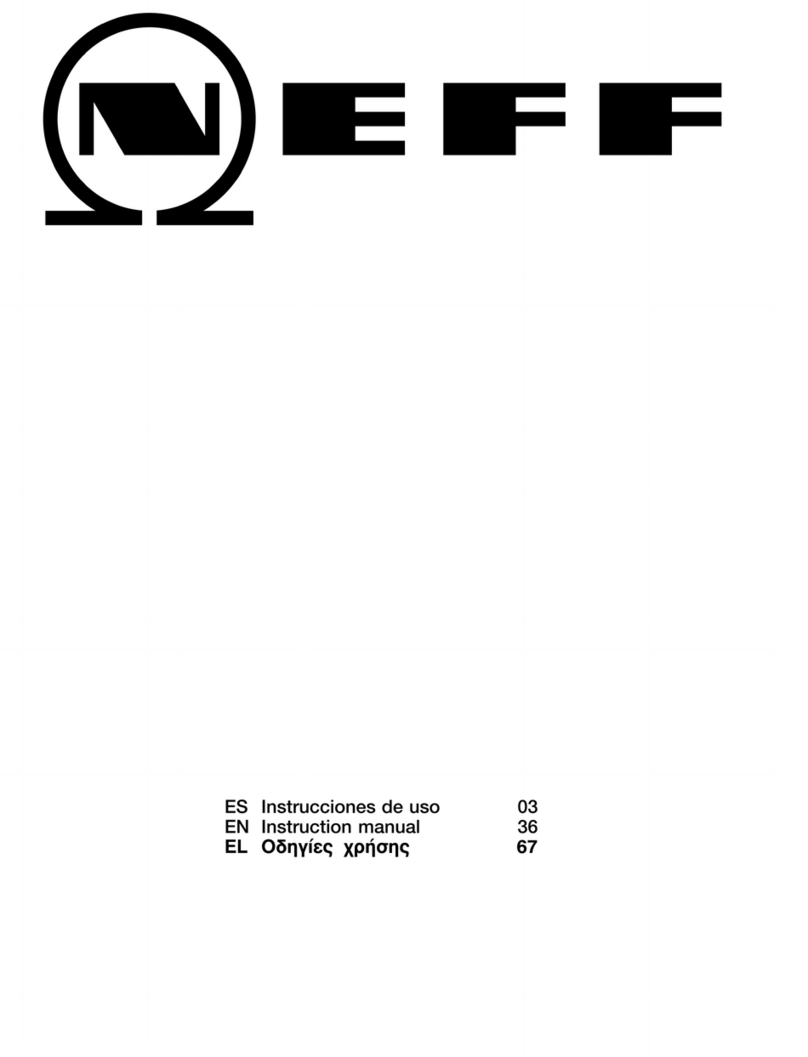
NEFF
NEFF T44T3..N Series Installation instructions
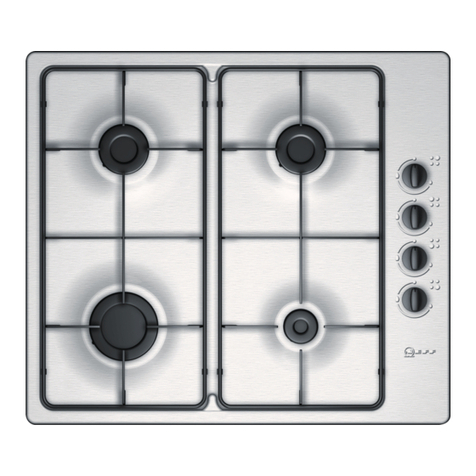
NEFF
NEFF T21S31N1 User manual
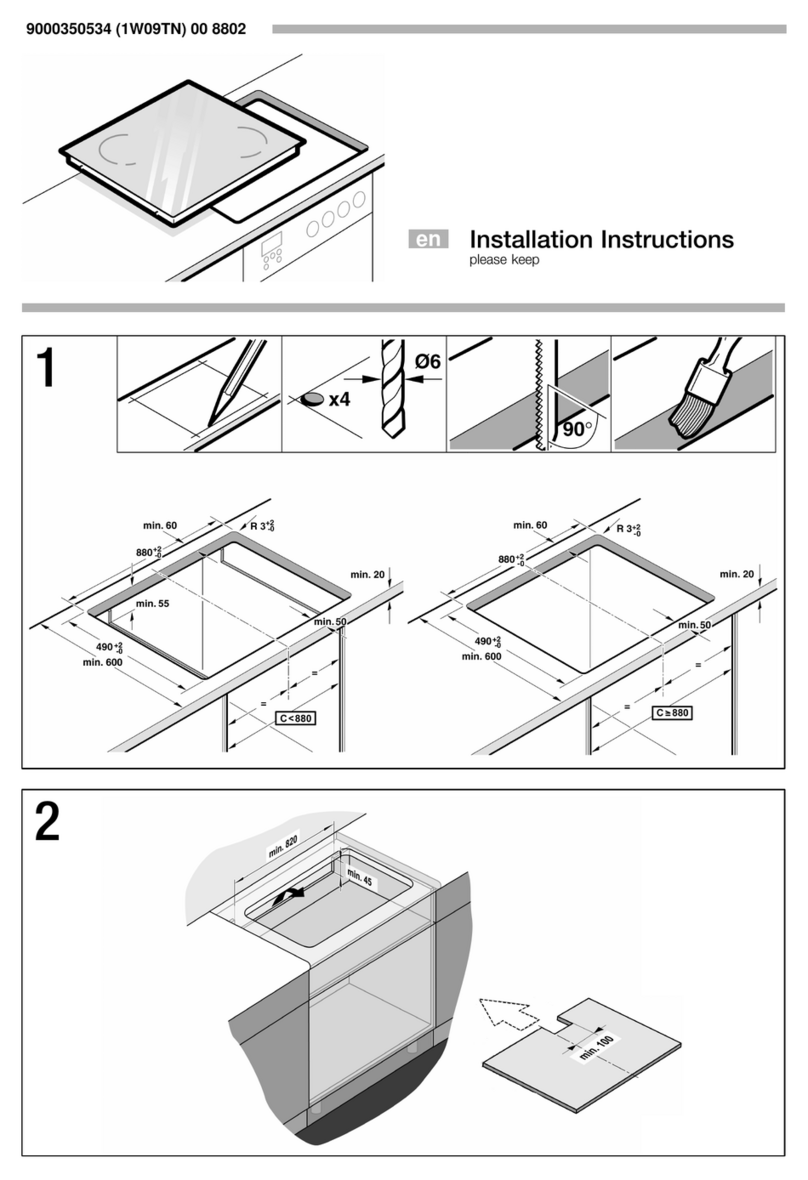
NEFF
NEFF ICK98X User manual
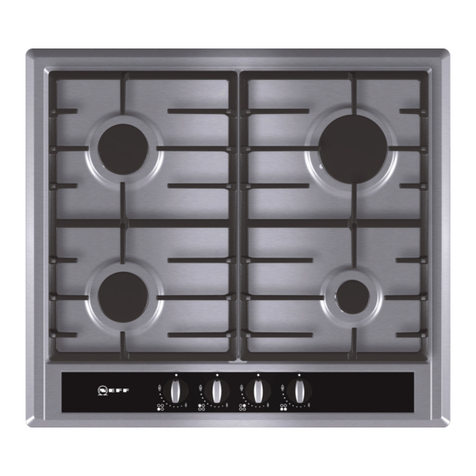
NEFF
NEFF T22S36N0GB User manual
Popular Cooktop manuals by other brands
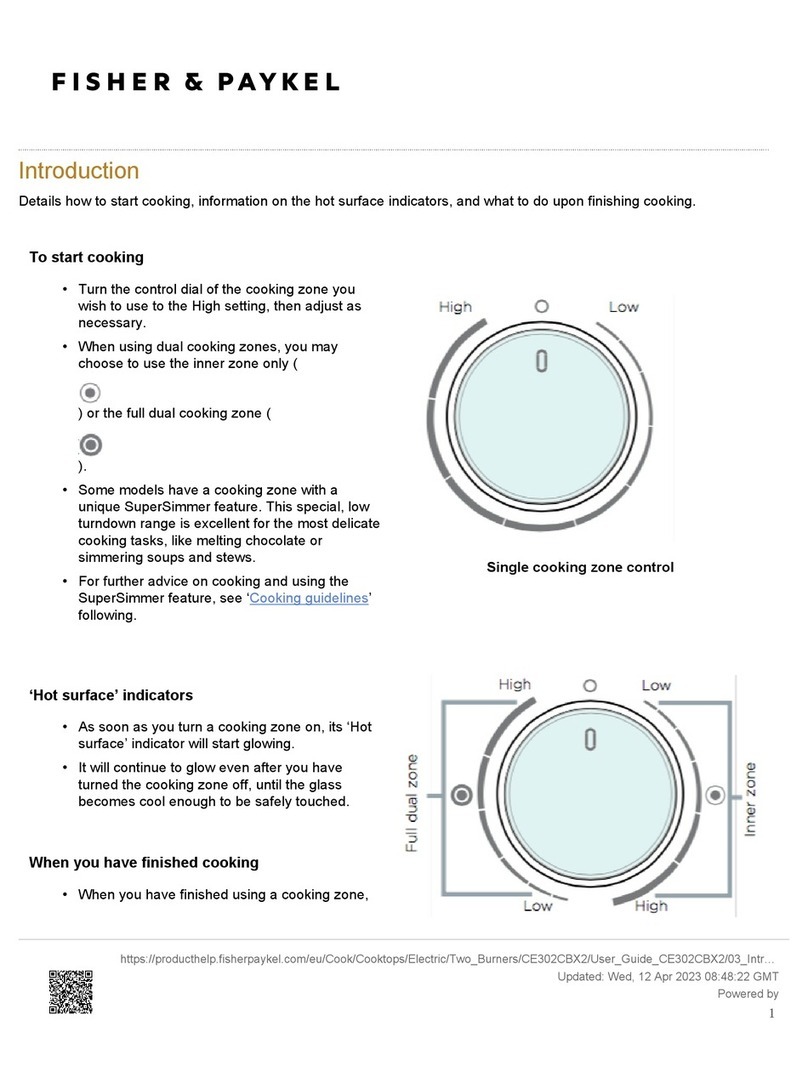
Fisher & Paykel
Fisher & Paykel CE302CBX2 manual

Whirlpool
Whirlpool GJC3634RB00 parts list
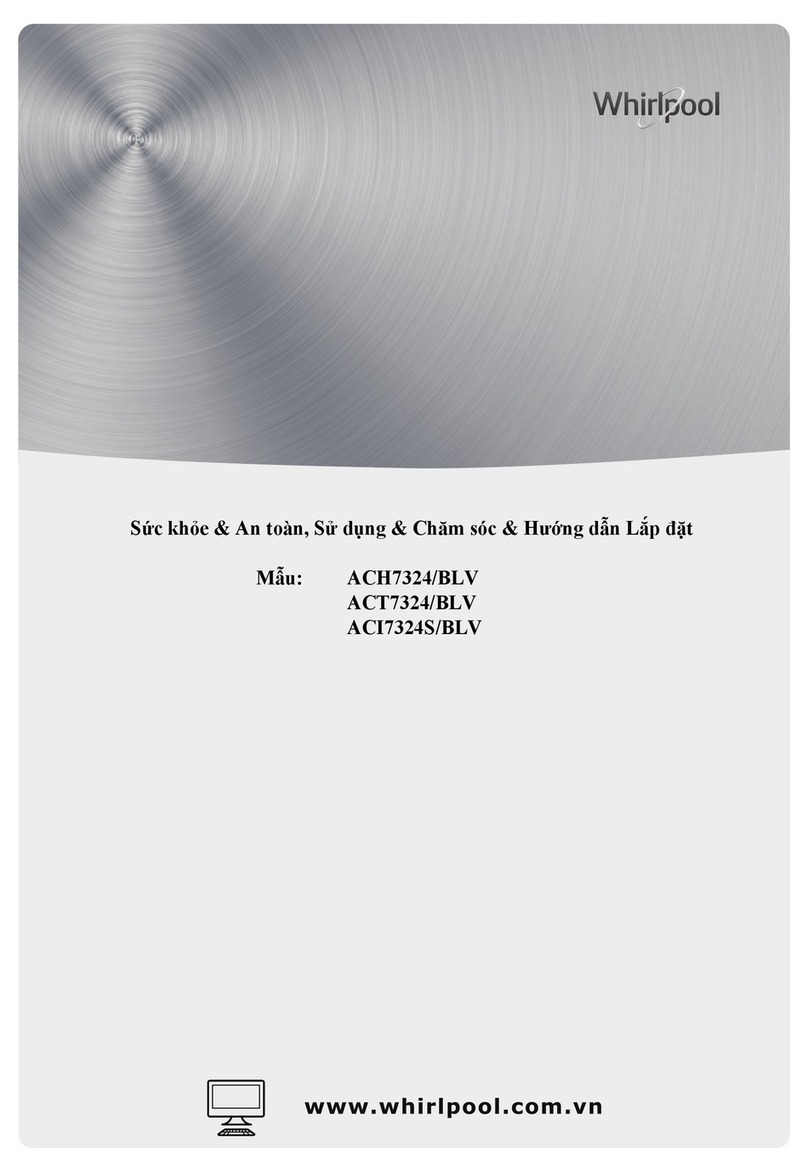
Whirlpool
Whirlpool ACH7324/BLV Use, care and installation guide
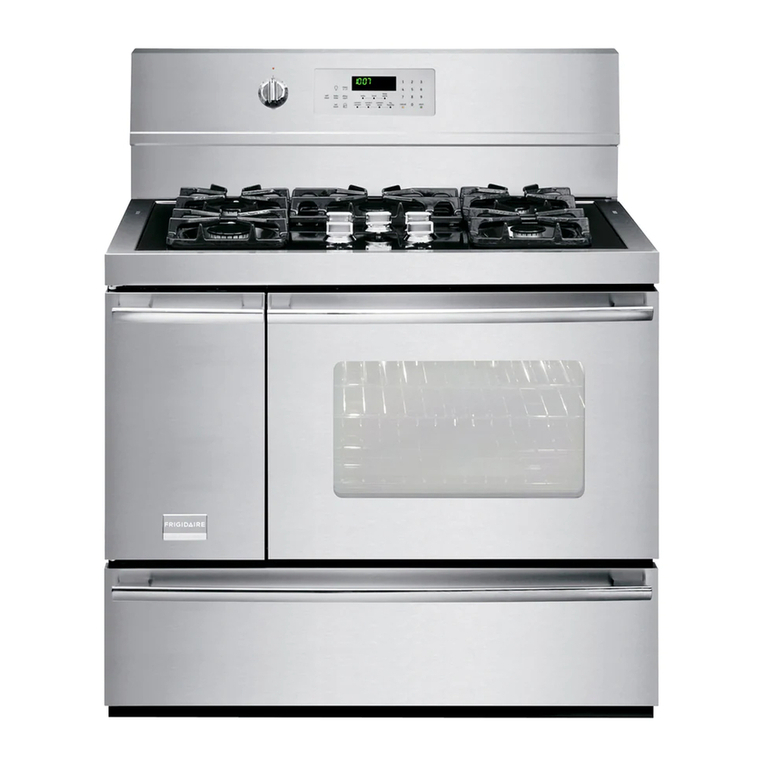
Frigidaire
Frigidaire Professional FPDF4085KF Important safety instructions

Bonnet
Bonnet OPTIMUM 700 Technical instructions

Jenn-Air
Jenn-Air JGCP430 installation instructions
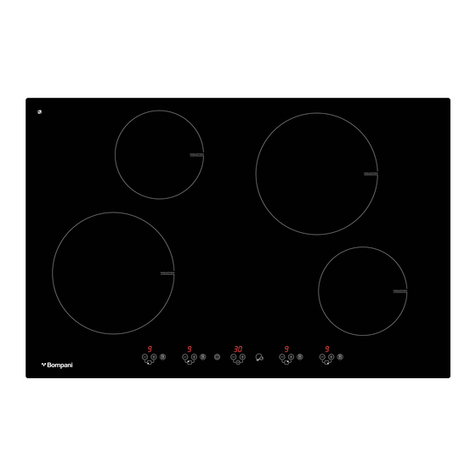
Bompani
Bompani BO374AA/E User instructions

Kleenmaid
Kleenmaid cooking GCTK9011 Instructions for use and warranty details

Waldorf
Waldorf RN8603E-B Technical data sheet

Whirlpool
Whirlpool SMP658CNEIXL quick guide
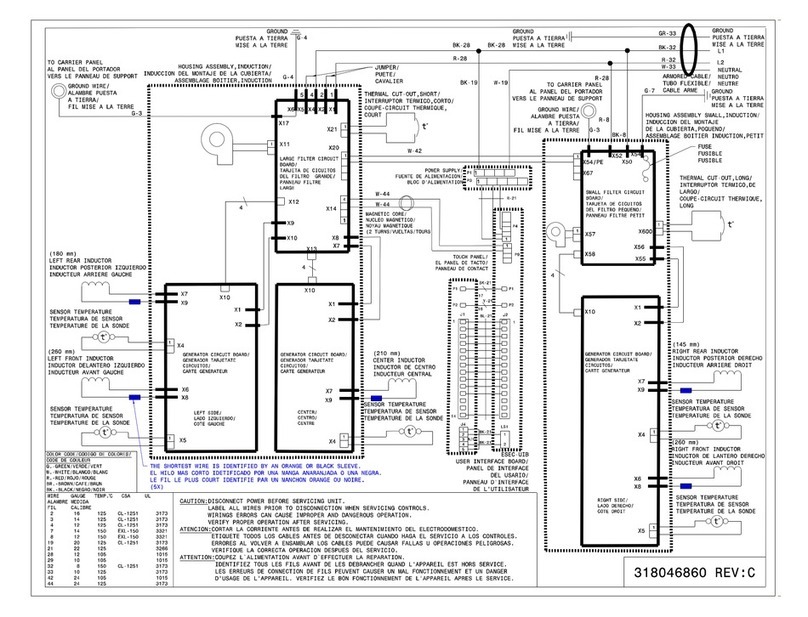
Electrolux
Electrolux E36IC80ISS - 36" Induction Cooktop Wiring diagram

Wolf
Wolf CI243C/B Use and care guide
